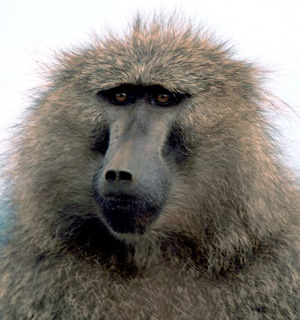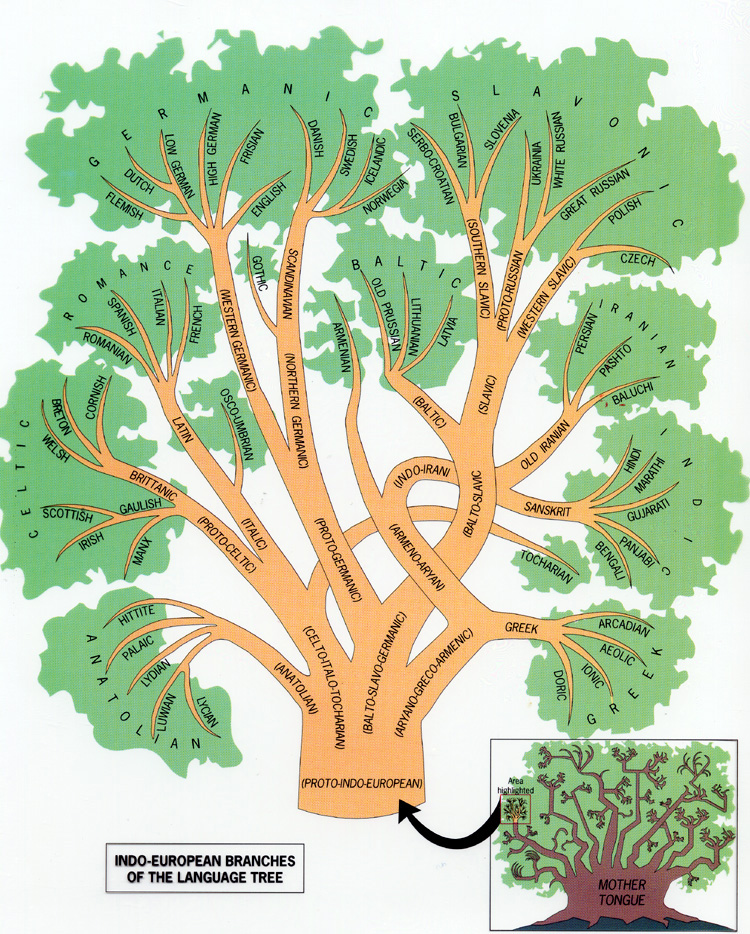 Jonnie Hughes writes this week about his time spent with the Sepik tribes of Papua New Guinea (tipped off by Michael Pleyer). As part of a documentary series, Hughes visited them and then arranged for some of the tribe elders to visit Britain.
Jonnie Hughes writes this week about his time spent with the Sepik tribes of Papua New Guinea (tipped off by Michael Pleyer). As part of a documentary series, Hughes visited them and then arranged for some of the tribe elders to visit Britain.
Of all the different technologies they encountered in Britain, the one that had the biggest impact was the idea of putting feathers on arrows to make them fly straight. The Sepik tribes used to achieve straight flight by using very heavy arrows alongside a reliable bowstring, but a five minute tutorial at an archery range in a local community centre gave them the technology to use lighter arrows. This meant that a hunter could carry more arrows and catch more prey.
Fletching technology is thought to date from as early as 25,000 years ago (Ötzi the Iceman had some 5,000 years ago), so seems like an unlikely candidate for a horizontally transmitted cultural artefact. Yet, with the world becoming more globalised, isolated communities are now exposed to not only modern technology, but the whole history of development that they can adopt. Indeed, as Hughes relates, the Sepik tribes are now on Facebook and have access to Wikipedia articles on archery.
This is, of course, a nightmare for people trying to study the transmission of cultural artefacts. What is the descent of fletching in the Sepik tribes? Is it horizontal transmission from modern-day British archers? Or, since the transmitter in question was re-creating traditional techniques, was it horizontal transmission from 15th century Britain (when archery was last widespread), or is it horizontal transmission from the original developers of fletching thousands of years ago? If they continue to borrow technology from wikipedia articles, which are written by dozens of people from all over the world, what is the transmission trajectroy of these ideas?
Along with stories like the hunger-suppressing properties of Hoodia plant being transmitted from hunter-gatherers from the Kalahari to industrialised western cultures, the descent of technologies does not seem to respect cultural or historical boundaries.
Given the theme of this story, it’s strange that Hughes’ new book gives the impression of re-inventing the wheel. The brilliantly titled “On the Origin of Tepees: The Evolution of Ideas (and Ourselves)” has the following introduction:
Throughout history, we humans have prided ourselves on our capacity to have ideas, but perhaps this pride is misplaced. Perhaps ideas have us. After all, ideas do appear to have a life of their own. And it is they, not us, that benefit most when they are spread. Many biologists have already come to the opinion that our genes are selfish entities, tricking us into helping them to reproduce. Is it the same with our ideas?
Jonnie Hughes, a science writer and documentary filmmaker, investigates the evolution of ideas in order to find out. Adopting the role of a cultural Charles Darwin, Hughes heads off, with his brother in tow, across the Midwest to observe firsthand the natural history of ideas—the patterns of their variation, inheritance, and selection in the cultural landscape. In place of Darwin’s oceanic islands, Hughes visits the “mind islands” of Native American tribes. Instead of finches, Hughes searches for signs of natural selection among the tepees.
An evolutionary approach to cultural transmission? What a great idea.
I may be too harsh here, it actually looks like quite a fun and interesting book. Perhaps there are already orders paced on Amazon by members of the Sepik tribes.
Hughes’ article: The tribesman who facebook friended me



